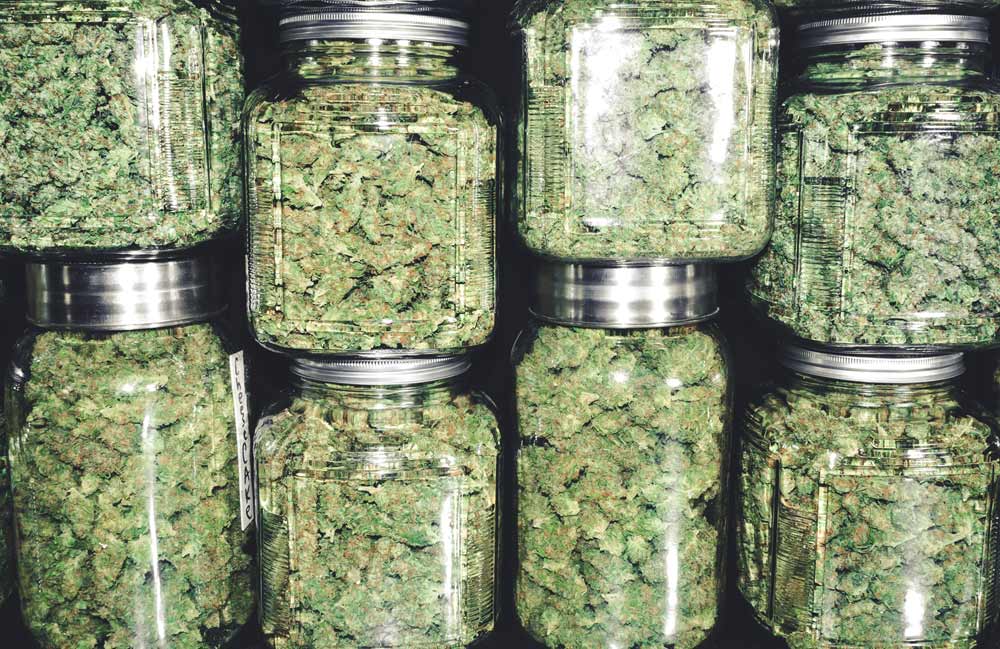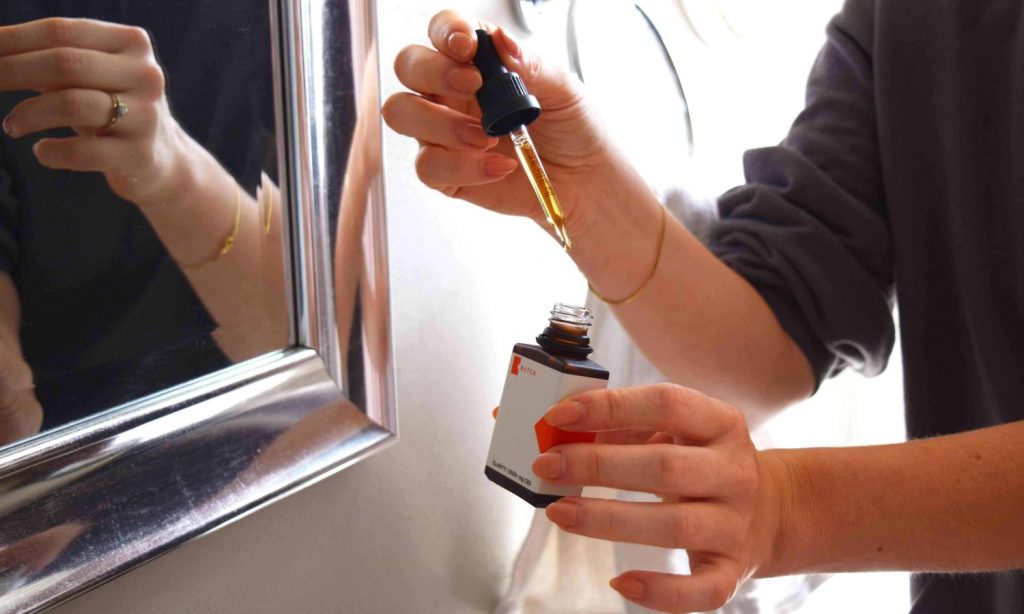South Dakota Gov. Kristi Noem announced on Wednesday that she is seeking to delay the implementation of a successful voter initiative to legalize medical marijuana. The state’s voters approved Initiated Measure 26 (IM 26) to allow qualified patients to use cannabis medicinally in the November general election with nearly 70% of votes cast.
Under South Dakota law, initiatives and amendments are supposed to go into effect on July 1 of the year following passage. But Noem announced this week that she is seeking to delay the implementation of the medical marijuana initiative by one year, with the support of fellow Republicans in the South Dakota Senate and House of Representatives.
“We are working diligently to get IM 26 implemented safely and correctly,” Noem said in a statement released by her office on Wednesday morning. “The feasibility of getting this program up and running well will take additional time. I am thankful to our legislative leaders for helping make sure that we do this right.”
To effect the change, lawmakers introduced House Bill 1100 in the House State Affairs Committee on Wednesday morning. The measure amends a pending state statute prompted by the passage of IM 26 and replaces several instances citing the original start date of the measure with the date “July 1, 2022.” The bill also creates a legislative task force to draft legislation legalizing medical marijuana while addressing issues left unclear in the initiative, such as which methods of consumption should be allowed to comply with a requirement that schools accommodate medical marijuana use by qualified patients.
Consulting Firm Cited To Justify Delay
To justify the delay, Noem cited a letter from Cannabis Public Policy Consulting (CPPC), a firm that has assisted state and local governments across the country and in Canada with the implementation of cannabis legalization measures. According to CPPC, creating a safe, efficient, and effective medical marijuana program takes an average of 14 months.
Copyright
© 420 Intel





